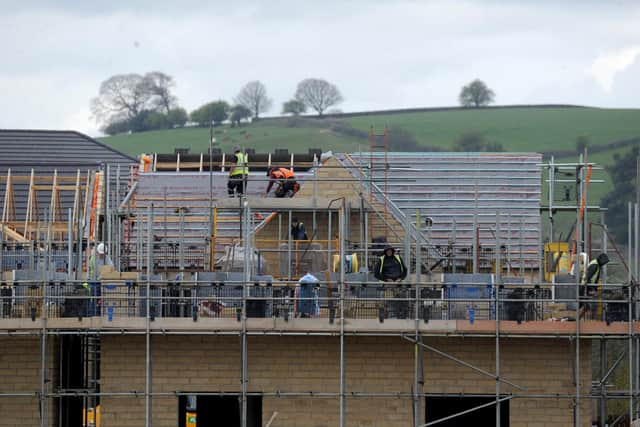The planning system is broken and in need of reform - Yorkshire Post Letters
Andy Brown has highlighted some of the failings of the Planning system (The YP, 15/05).
I worked within the planning system as a lawyer and advocate for almost 20 years and have been involved in planning as a council member for another twenty years. Throughout that time, I have learnt to love and respect the system, although now, like Andy Brown, I feel its use has been badly distorted and abused.
Advertisement
Hide AdAdvertisement
Hide AdTwo concepts and disciplines have become confused. One of the functions of property professionals who watch the market is to identify demand. One of the main purposes of the planning system is to determine whether or not the identified demand should be met, and if it should be met, where and how it should be met. So, for example if there is a demand for a thousand houses in a town, the planning system’s purpose is to determine whether or not to meet this demand in that town, and if so, decide how the demand should be met and to identify suitable sites within the town. Unfortunately, far too many people in high places think the planning system should simply follow the market.


This misunderstanding does often result in building over open green fields when brownfield land is available. This is not surprising as developing brownfield land is usually far more expensive than building on green fields, and there are many farmers and landowners who would relish the opportunity of making a substantial capital gain to supplement the meagre reward they receive from managing and working farm land. However, there is another side of this debate.
Andy Brown refers to the long and expensive process of producing local plans. Many councils have adopted local plans. These have to be supported by written expert advice – usually provided by consultants. It used to be possible to test this advice through cross-examination at a public enquiry. However, this kind of forensic examination was frowned upon as being too confrontational, and is no longer allowed. The problem is that “who pays the piper calls the tune”, and if the consultants know the outcome which those instructing them want, they will do their best to advocate it. Without the opportunity of forensic cross-examination, there is little the general public can do to challenge them.
A classic example is the Ryedale Plan (adopted in 2013) – a plan which has become abused and distorted by NIMBYism. Ryedale has an area of five hundred square miles with over a hundred settlements, including five small towns.
Advertisement
Hide AdAdvertisement
Hide AdDevelopment limits were drawn round all the settlements and these have remained virtually unchanged for nearly 30 years. Developing within village development limits was made unviable by mandatory planning conditions, including a local needs occupancy condition.
Bogus environmental excuses were given for dumping 90 per cent of all new allocated development on four of the five towns (including 50 per cent in Malton and Norton).Whichever way you look at it, as Andy Brown says, the planning system certainly is broken. It needs reform so as to achieve a reasonable balance between market forces and other policy considerations.
The strait jackets which plans like the Ryedale Plan have produced are no better than the random submission to the market which Andy Brown criticises. And, above all, all local plan making processes should be subject to proper forensic examination and scrutiny.
